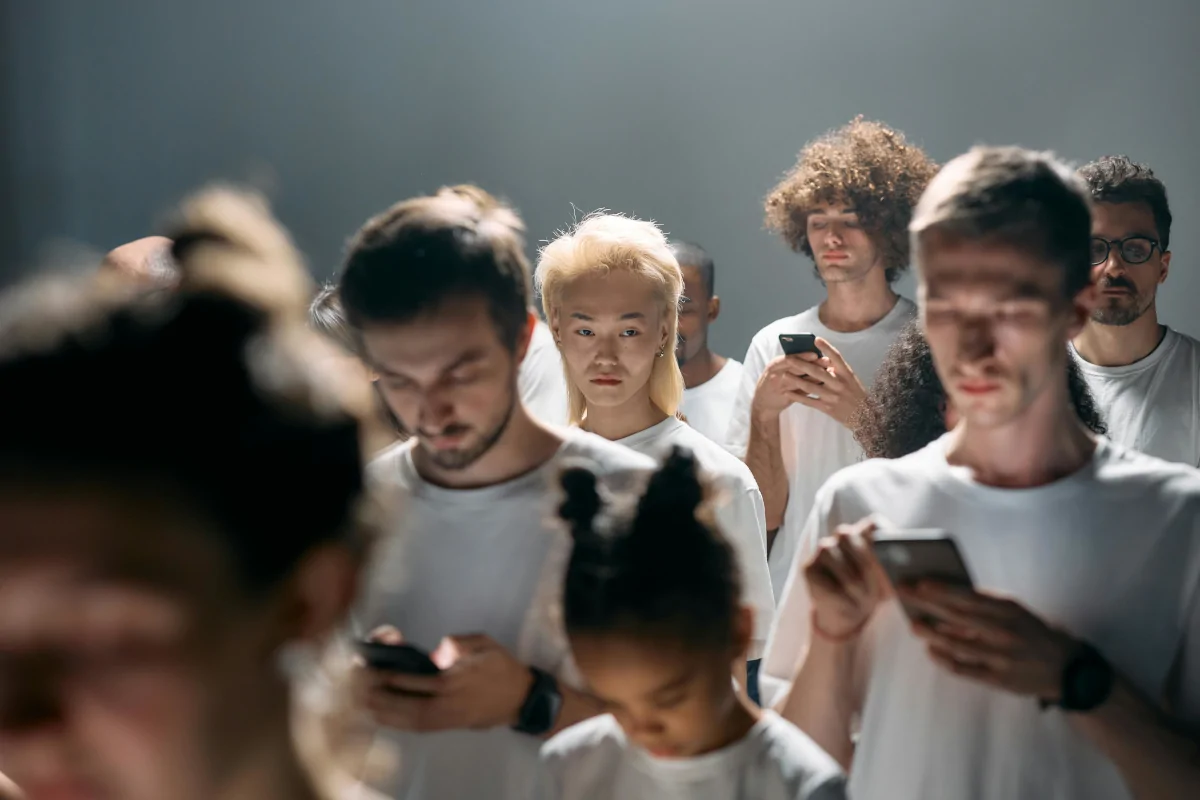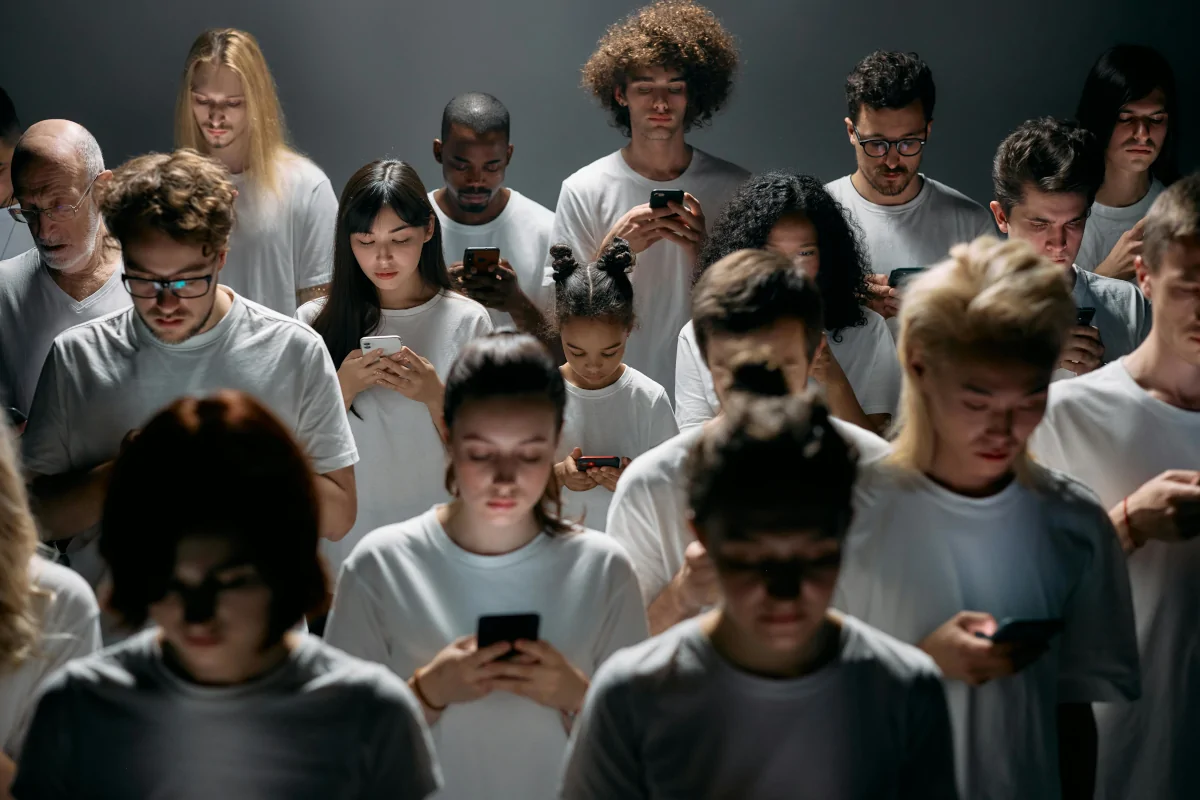Have you ever used an app or website that made you feel happy, excited, or even frustrated? That's because designers put a lot of thought into how users feel when they interact with their products. This is called emotional design, and it's a big part of creating a great user experience (UX). Understanding how emotions play a role in UX can help designers make apps and websites that people love to use. This blog post will delve into the role of emotion in user experience, exploring how emotions can significantly enhance or detract from a user's interaction with digital products.
Why Emotions Matter

Engagement: When users feel positive emotions, they're more interested in the product. This means they spend more time on it and are more likely to come back. Engaged users are also more likely to explore different features of a product and give helpful feedback.
Satisfaction: Positive emotions lead to higher satisfaction. If users are happy with their experience, they're more likely to recommend the product to others. Satisfied users can tell their friends about a brand, spreading positive words and attracting new users.
Loyalty: Emotions can create a strong connection between users and products. When users feel good about a product, they're more likely to stick with it. Loyal users are valuable as they provide steady support and are less likely to switch to other products.
How Designers Use Emotions
Designers use different elements to make users feel certain emotions. Here are some key ways they do this:
Colors: Colors can make people feel different emotions. For example, blue can make users feel calm and trusting, while red can make them feel excited or alert. Research by the Institute for Color Research found that people form a first impression about a product within 90 seconds, and up to 90% of that judgment is based on color alone.
Typography: The style of the text can also affect emotions. A playful font might make users feel happy, while a serious font might make them feel more formal. Typography sets the tone and voice of the content, influencing how users perceive the information.
Imagery: Pictures and icons can help convey emotions. A cute animal picture might make users feel happy, while a dark image might make them feel uneasy. Imagery can quickly convey complex emotions, making content more relatable and engaging.
Microinteractions: Small animations or sounds can make apps more fun. For example, a button that changes color when you click it makes it feel alive. These tiny details make users smile and make tasks more enjoyable.
Real-World Examples
Popular apps and websites use emotions to keep users happy. ASOS adds humor to its pages, making shopping fun. Dollar Shave Club uses jokes on loading screens to keep users entertained. By adding emotion, these brands make people like them more.
The Impact of Emotional Design
Emotional design isn’t just about making people feel good. It helps businesses, too. When users have a good experience, they’re more likely to buy, tell friends, and stay loyal. A study showed that companies using emotional design have happier, more loyal customers who buy more and leave less often.
The Psychology Behind Emotional Design

Understanding why emotional design works helps designers create better products. Emotions are shaped by many things, like past experiences and culture. By appealing to emotions, designers make experiences more meaningful.
Cognitive Load Theory: This theory says people can only focus on so much. Simple, engaging designs help users finish tasks and learn more easily.
Affective Design: This type of design aims to make users feel good and avoid negative feelings.
Emotional Contagion: People often “catch” the emotions of others. If a product makes users feel happy, they may share that happiness with others, which can boost the brand’s image.
Challenges of Emotional Design
Using emotions in design can be tricky. Designers must understand what makes their users feel good. Too many emotional elements can distract users.
Balancing Usefulness and Emotion: Designs need to be useful and emotionally engaging. Finding the right balance is key.
Respecting Cultural Differences: People from different cultures feel emotions in different ways. Designers need to be careful not to use emotions that could be misunderstood.
Trends in Emotional Design: New tech like artificial intelligence, virtual reality, and augmented reality are opening new possibilities for creating emotionally engaging experiences.
AI-Powered Personalization: AI can learn what users like to make experiences feel personal, helping users feel connected.
Immersive Experiences: VR and AR let users feel as if they’re in a new world. This creates stronger emotions and makes experiences more memorable.
Conclusion
In conclusion, the role of emotion in user experience is vital for creating engaging, satisfying, and memorable digital products. By understanding and leveraging emotional design principles, designers can craft experiences that resonate with users on a deeper level, leading to higher engagement, satisfaction, and loyalty. As technology continues to advance, the potential for emotional design to enhance user experience will only grow.
By recognizing the power of emotion in user experience, businesses can create products that not only meet functional needs but also connect with users on an emotional level. This connection is key to building strong relationships with users and achieving long-term success. So, the next time you use an app or website, think about how it makes you feel and why that might be.

